Reviving the Ara Waterway through niche tourism
입력 2024.11.09 (01:14)
읽어주기 기능은 크롬기반의
브라우저에서만 사용하실 수 있습니다.
[Anchor]
As the performance of the Gyeongin Ara Waterway, established for passenger and cargo transport, has been poor, local governments are working to revitalize it as a tourist attraction.
Reporter Lee Jeong-min visited the Ara Waterway, which is transforming into an urban healing space by creating walking paths and more.
[Report]
The plaza by the water is filled with colorful lights.
The stunning media art captures attention, and tourists enjoy walking and playing among the lights.
During the day, a vibrant flower path is designed to captivate visitors' hearts.
[Kim I-geum/Incheon resident: "I can't come often. But since it has changed a lot, I've come occasionally. This is my third visit this year."]
Gyeyang-gu, Incheon, has created Gyeyang Ara-on, aiming to develop the area around the Ara Waterway as a niche tourist destination.
Currently, about 10,000 visitors come here daily.
[Yoon Hwan/Mayor of Gyeyang-gu, Incheon: "This city has only provided waterways. Now, my goal is to use light creatively and create flower paths in this city to make Gyeyang a city that attracts visitors from outside."]
The Gyeongin Ara Waterway, established in 2012 at a cost of 2.6 trillion won, has faced criticism for its significantly reduced passenger and cargo transport functions despite an annual management budget exceeding 20 billion won.
This is why local governments are working to revive the Ara Waterway as an urban healing space and tourist route.
Incheon City also plans to conduct a study next year to find ways to revitalize the Ara Waterway.
[Yoo Jeong-bok/Incheon Mayor: "We are promoting the Ara Waterway Renaissance. I would like to mention that Incheon and Seoul are conducting a research on the details."]
There is also interest in whether revitalizing the Ara Waterway through tourism can lead to the expansion of its original functions of passenger and cargo transport.
KBS News, Lee Jeong-min.
As the performance of the Gyeongin Ara Waterway, established for passenger and cargo transport, has been poor, local governments are working to revitalize it as a tourist attraction.
Reporter Lee Jeong-min visited the Ara Waterway, which is transforming into an urban healing space by creating walking paths and more.
[Report]
The plaza by the water is filled with colorful lights.
The stunning media art captures attention, and tourists enjoy walking and playing among the lights.
During the day, a vibrant flower path is designed to captivate visitors' hearts.
[Kim I-geum/Incheon resident: "I can't come often. But since it has changed a lot, I've come occasionally. This is my third visit this year."]
Gyeyang-gu, Incheon, has created Gyeyang Ara-on, aiming to develop the area around the Ara Waterway as a niche tourist destination.
Currently, about 10,000 visitors come here daily.
[Yoon Hwan/Mayor of Gyeyang-gu, Incheon: "This city has only provided waterways. Now, my goal is to use light creatively and create flower paths in this city to make Gyeyang a city that attracts visitors from outside."]
The Gyeongin Ara Waterway, established in 2012 at a cost of 2.6 trillion won, has faced criticism for its significantly reduced passenger and cargo transport functions despite an annual management budget exceeding 20 billion won.
This is why local governments are working to revive the Ara Waterway as an urban healing space and tourist route.
Incheon City also plans to conduct a study next year to find ways to revitalize the Ara Waterway.
[Yoo Jeong-bok/Incheon Mayor: "We are promoting the Ara Waterway Renaissance. I would like to mention that Incheon and Seoul are conducting a research on the details."]
There is also interest in whether revitalizing the Ara Waterway through tourism can lead to the expansion of its original functions of passenger and cargo transport.
KBS News, Lee Jeong-min.
■ 제보하기
▷ 카카오톡 : 'KBS제보' 검색, 채널 추가
▷ 전화 : 02-781-1234, 4444
▷ 이메일 : kbs1234@kbs.co.kr
▷ 유튜브, 네이버, 카카오에서도 KBS뉴스를 구독해주세요!
- Reviving the Ara Waterway through niche tourism
-
- 입력 2024-11-09 01:14:57
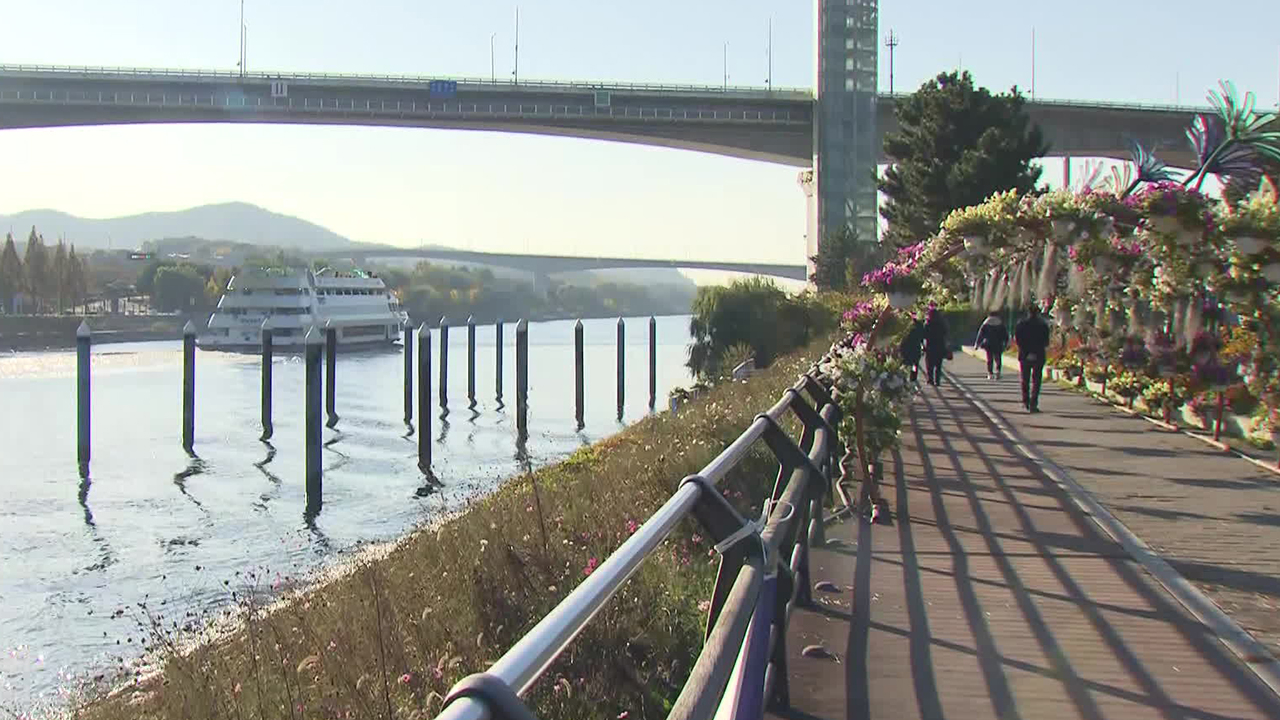
[Anchor]
As the performance of the Gyeongin Ara Waterway, established for passenger and cargo transport, has been poor, local governments are working to revitalize it as a tourist attraction.
Reporter Lee Jeong-min visited the Ara Waterway, which is transforming into an urban healing space by creating walking paths and more.
[Report]
The plaza by the water is filled with colorful lights.
The stunning media art captures attention, and tourists enjoy walking and playing among the lights.
During the day, a vibrant flower path is designed to captivate visitors' hearts.
[Kim I-geum/Incheon resident: "I can't come often. But since it has changed a lot, I've come occasionally. This is my third visit this year."]
Gyeyang-gu, Incheon, has created Gyeyang Ara-on, aiming to develop the area around the Ara Waterway as a niche tourist destination.
Currently, about 10,000 visitors come here daily.
[Yoon Hwan/Mayor of Gyeyang-gu, Incheon: "This city has only provided waterways. Now, my goal is to use light creatively and create flower paths in this city to make Gyeyang a city that attracts visitors from outside."]
The Gyeongin Ara Waterway, established in 2012 at a cost of 2.6 trillion won, has faced criticism for its significantly reduced passenger and cargo transport functions despite an annual management budget exceeding 20 billion won.
This is why local governments are working to revive the Ara Waterway as an urban healing space and tourist route.
Incheon City also plans to conduct a study next year to find ways to revitalize the Ara Waterway.
[Yoo Jeong-bok/Incheon Mayor: "We are promoting the Ara Waterway Renaissance. I would like to mention that Incheon and Seoul are conducting a research on the details."]
There is also interest in whether revitalizing the Ara Waterway through tourism can lead to the expansion of its original functions of passenger and cargo transport.
KBS News, Lee Jeong-min.
As the performance of the Gyeongin Ara Waterway, established for passenger and cargo transport, has been poor, local governments are working to revitalize it as a tourist attraction.
Reporter Lee Jeong-min visited the Ara Waterway, which is transforming into an urban healing space by creating walking paths and more.
[Report]
The plaza by the water is filled with colorful lights.
The stunning media art captures attention, and tourists enjoy walking and playing among the lights.
During the day, a vibrant flower path is designed to captivate visitors' hearts.
[Kim I-geum/Incheon resident: "I can't come often. But since it has changed a lot, I've come occasionally. This is my third visit this year."]
Gyeyang-gu, Incheon, has created Gyeyang Ara-on, aiming to develop the area around the Ara Waterway as a niche tourist destination.
Currently, about 10,000 visitors come here daily.
[Yoon Hwan/Mayor of Gyeyang-gu, Incheon: "This city has only provided waterways. Now, my goal is to use light creatively and create flower paths in this city to make Gyeyang a city that attracts visitors from outside."]
The Gyeongin Ara Waterway, established in 2012 at a cost of 2.6 trillion won, has faced criticism for its significantly reduced passenger and cargo transport functions despite an annual management budget exceeding 20 billion won.
This is why local governments are working to revive the Ara Waterway as an urban healing space and tourist route.
Incheon City also plans to conduct a study next year to find ways to revitalize the Ara Waterway.
[Yoo Jeong-bok/Incheon Mayor: "We are promoting the Ara Waterway Renaissance. I would like to mention that Incheon and Seoul are conducting a research on the details."]
There is also interest in whether revitalizing the Ara Waterway through tourism can lead to the expansion of its original functions of passenger and cargo transport.
KBS News, Lee Jeong-min.
-
-

이정민 기자 mani@kbs.co.kr
이정민 기자의 기사 모음
-
이 기사가 좋으셨다면
-
좋아요
0
-
응원해요
0
-
후속 원해요
0










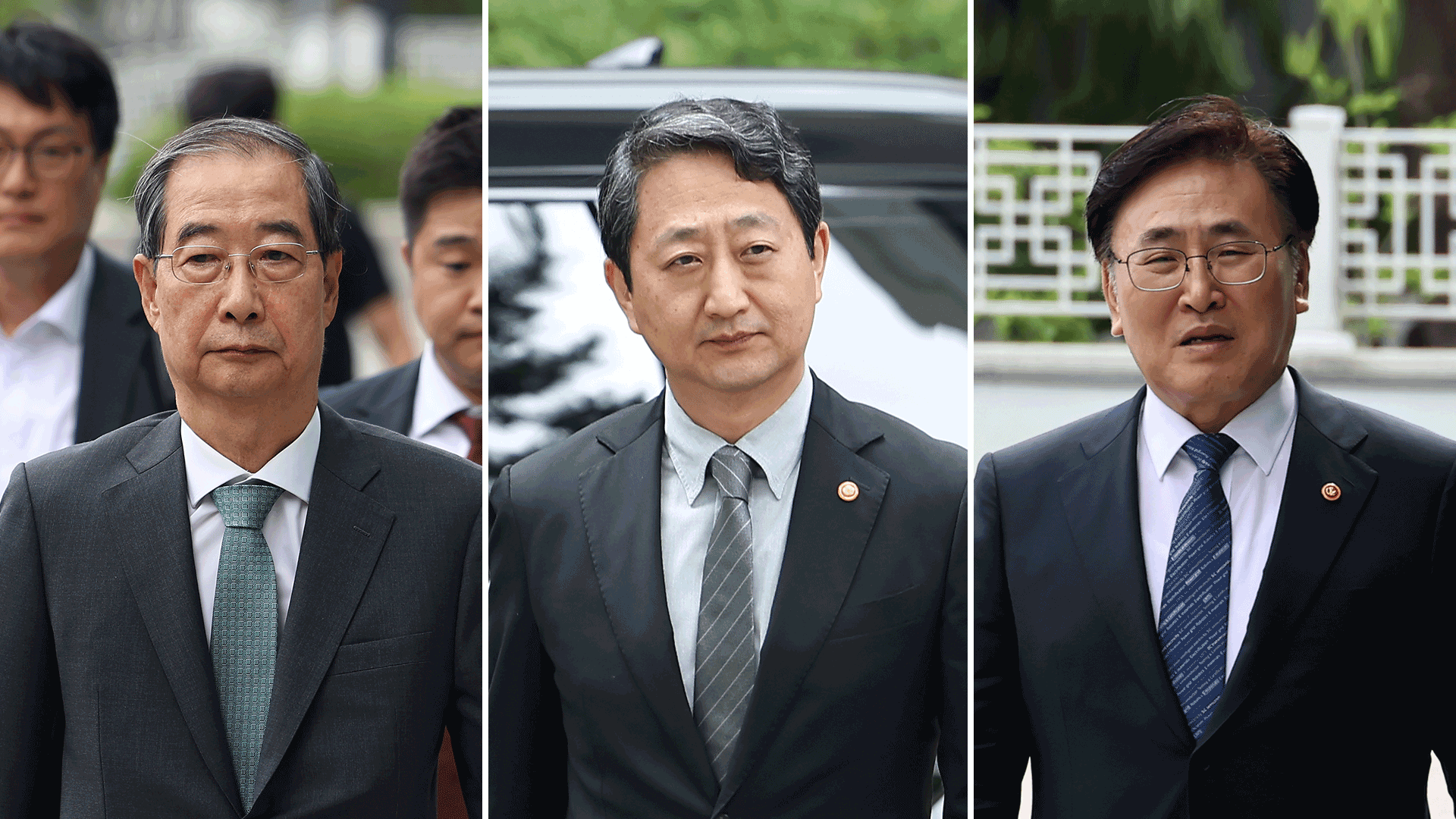
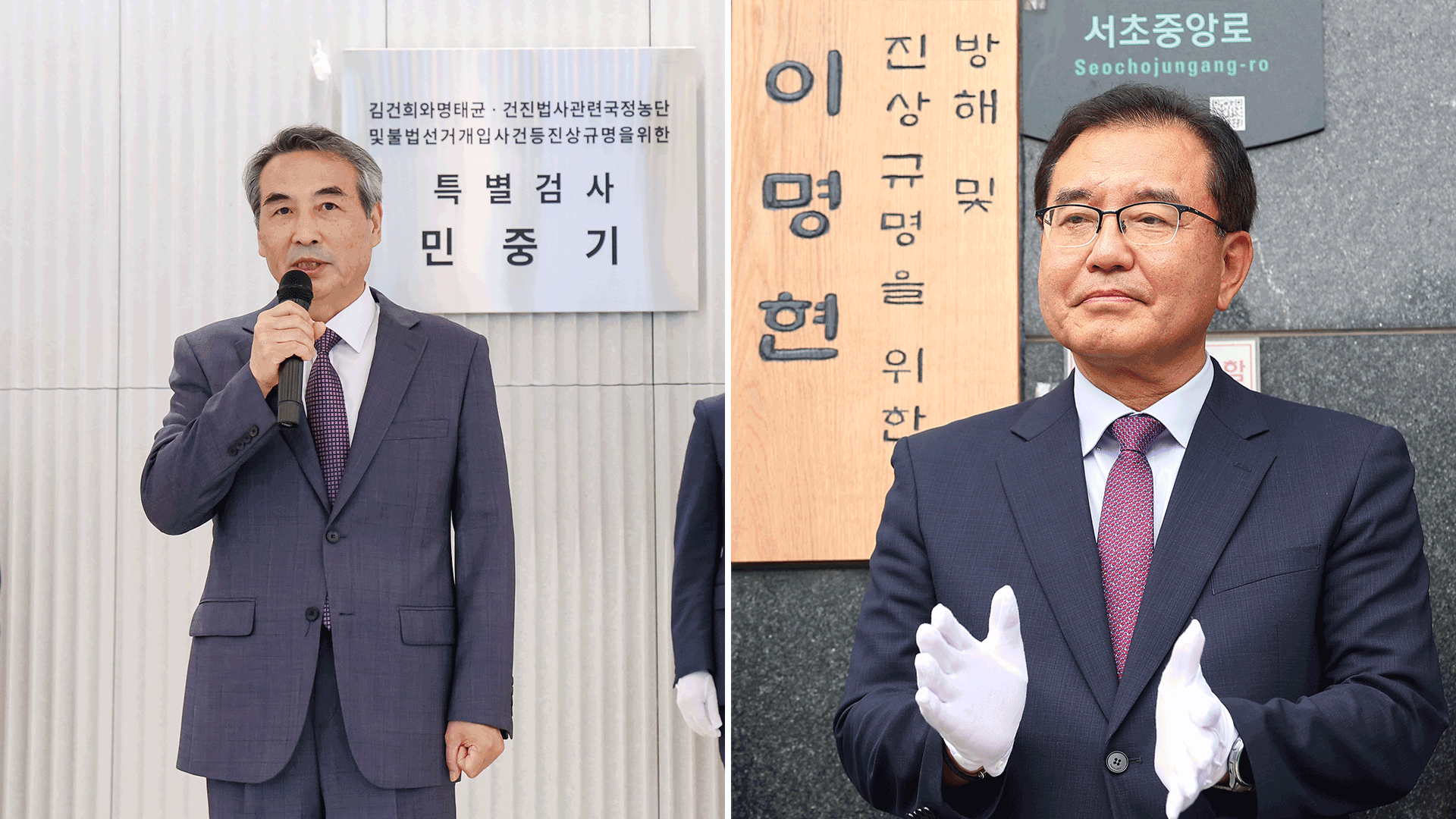
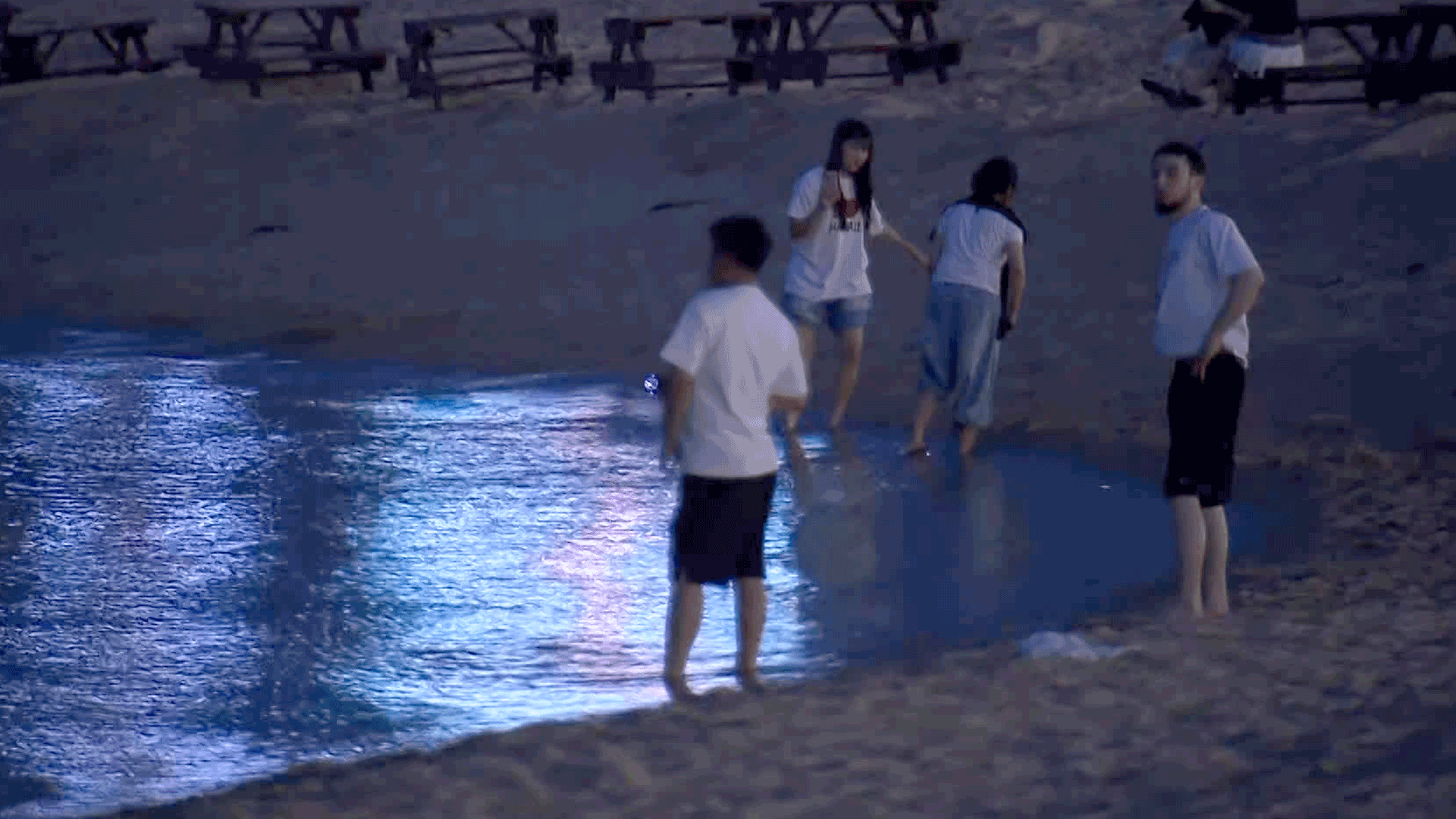
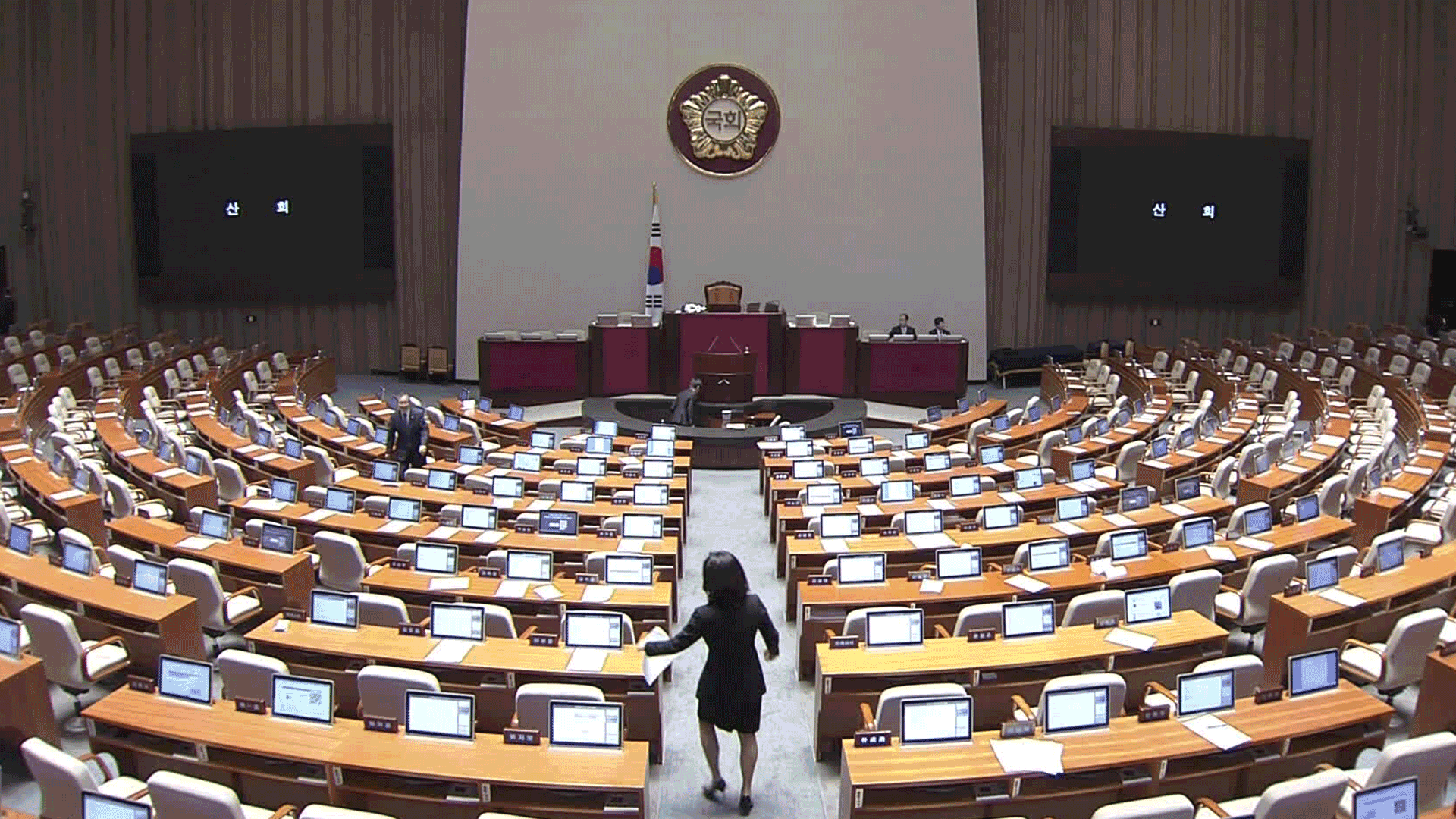

이 기사에 대한 의견을 남겨주세요.